A bladeless fan. Why would you need one? Have you ever thought about how a fan chops up the wind as its blades cut through the air? Or how fan blades generate static, attracting dust and making them dirty in a matter of just weeks? Chances are these small experience gaps elude most people, designers even. Dyson’s Bladeless Fan’s design was aimed at providing a constant source of ‘un-buffeted’ air. Throw in its ‘air multiplier’ and you’ve got a fan that’s incredibly powerful relative to its size, and easy to clean. When working on a new product, Dyson’s design team often looks for these experiential gaps and plugs them. Take for instance their recently launched AirWrap hair curler, which perfectly curls locks using a ‘tornado of air’ rather than a heated rod. Dyson’s products speak of a user-experience like no other because their design team approaches problems like no other, looking for more effective lateral solutions rather than simply designing a better version of existing technology.
A single hair is often considered a metaphor for thin-ness. Saying someone won the 100-meter dash by a hair’s breadth would imply that the competition was incredibly close. However, when combined, a lock of hair actually has volume. The multiple strands of hair actually band together to create thickness, so why are hair-straighteners almost always designed to ‘flatten’ your hair against two heated plates?
The Dyson Coralle hair-straightener, which launches today, features flexing plates that bend according to your hair’s volume. The flexing plates curve around the locks of hair, heating them evenly from all sides, while making sure to straighten them without flattening or damaging them. The curved copper plates, an industry first, come with tolerances as low as 65-nanometers (thinner than an individual human hair), and flex around your locks of hair to straighten them without reducing their volume. On the inside, the Coralle comes with a maximum heat setting that’s 40 degrees Fahrenheit cooler than most straighteners. Dyson’s engineers say that with the curved plates that distribute heat evenly, the straightener actually works just as efficiently as regular straighteners, with lesser heat. Moreover, the Coralle’s internal chip performs temperature checks 100 times per second to make sure it performs optimally with no temperature or performance deviations. The Coralle is designed to be wireless too, allowing you to use the straightener in front of a mirror without worrying about whether there’s a power source nearby, and comes with a maximum run time of 30 minutes, long enough to straighten your hair perfectly, and short enough to make sure it doesn’t cause any problems if accidentally left on! Now THAT’s called effective problem solving achieved through lateral thinking!
Designer: Dyson






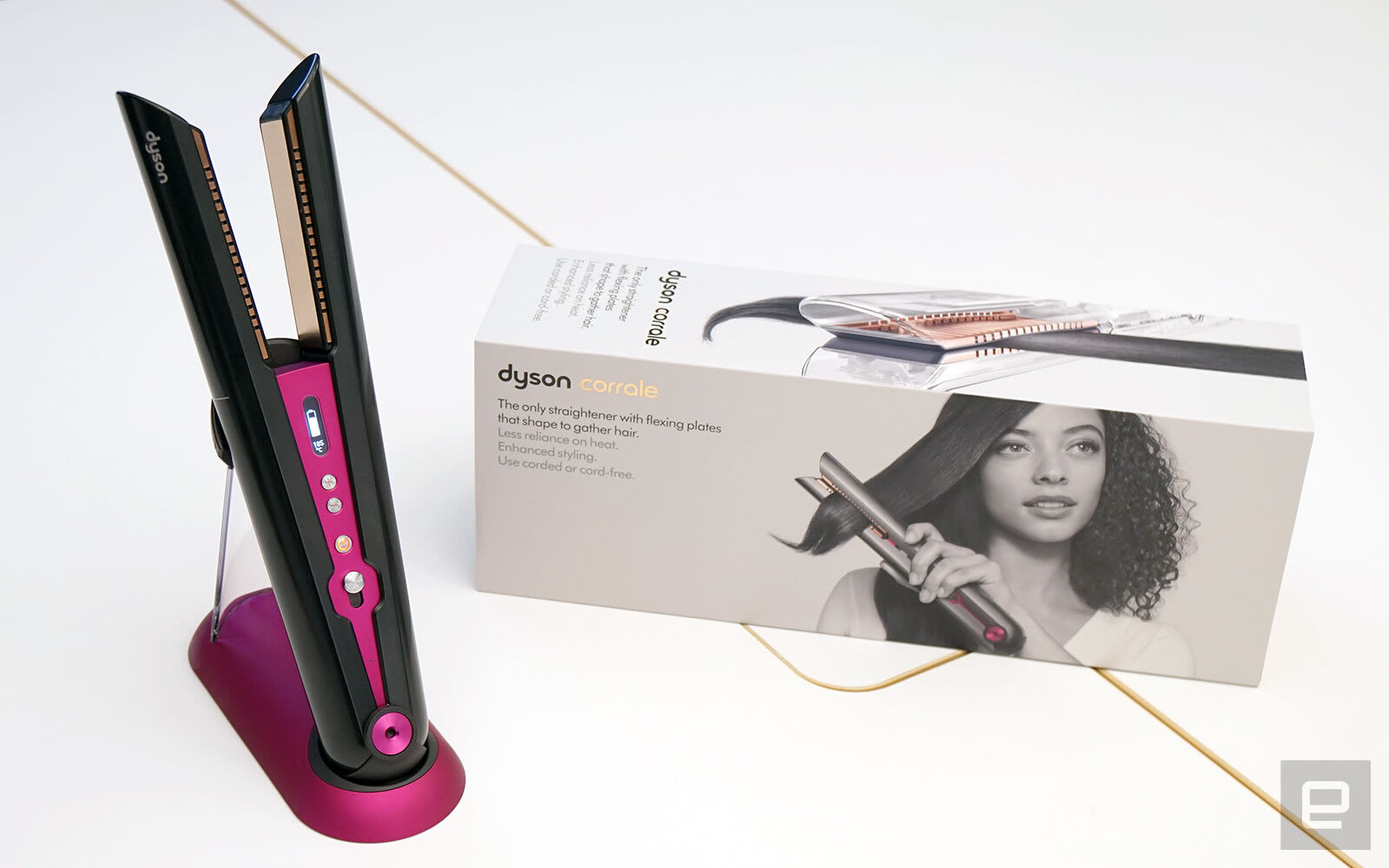 Following the success of the Supersonic hairdryer and Airwrap curler, Dyson is ready to unveil its latest hairstyling device. The company is leveraging its experience in heating and cooling home appliances to make beauty gadgets that can style your t...
Following the success of the Supersonic hairdryer and Airwrap curler, Dyson is ready to unveil its latest hairstyling device. The company is leveraging its experience in heating and cooling home appliances to make beauty gadgets that can style your t...










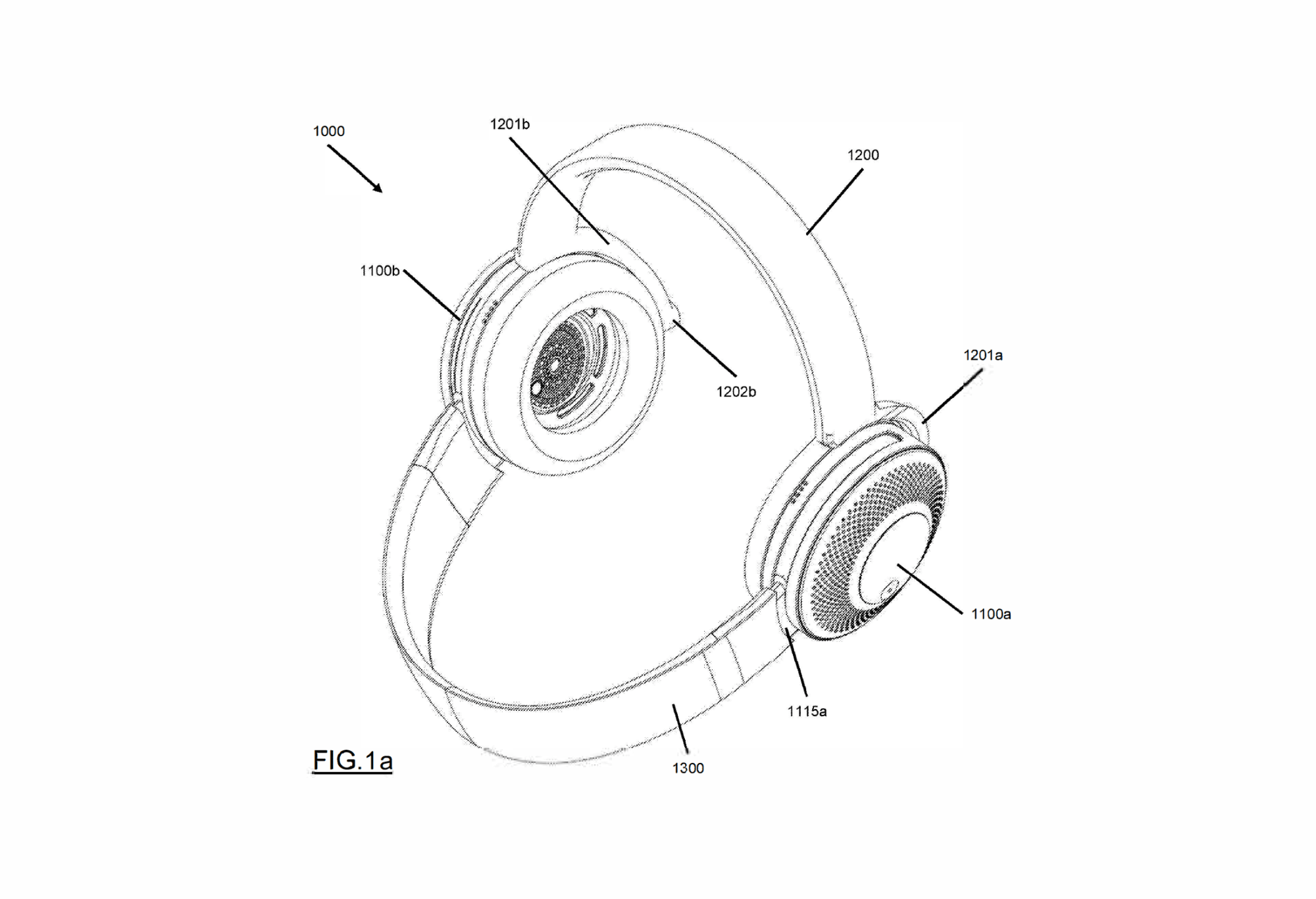 If you use public transportation, you know just how gross the air can be. Commuters are constantly coughing and sneezing, which releases thousands of germs into the air. Taking a flight can be even worse, thanks to the recycled air. And that's not to...
If you use public transportation, you know just how gross the air can be. Commuters are constantly coughing and sneezing, which releases thousands of germs into the air. Taking a flight can be even worse, thanks to the recycled air. And that's not to...
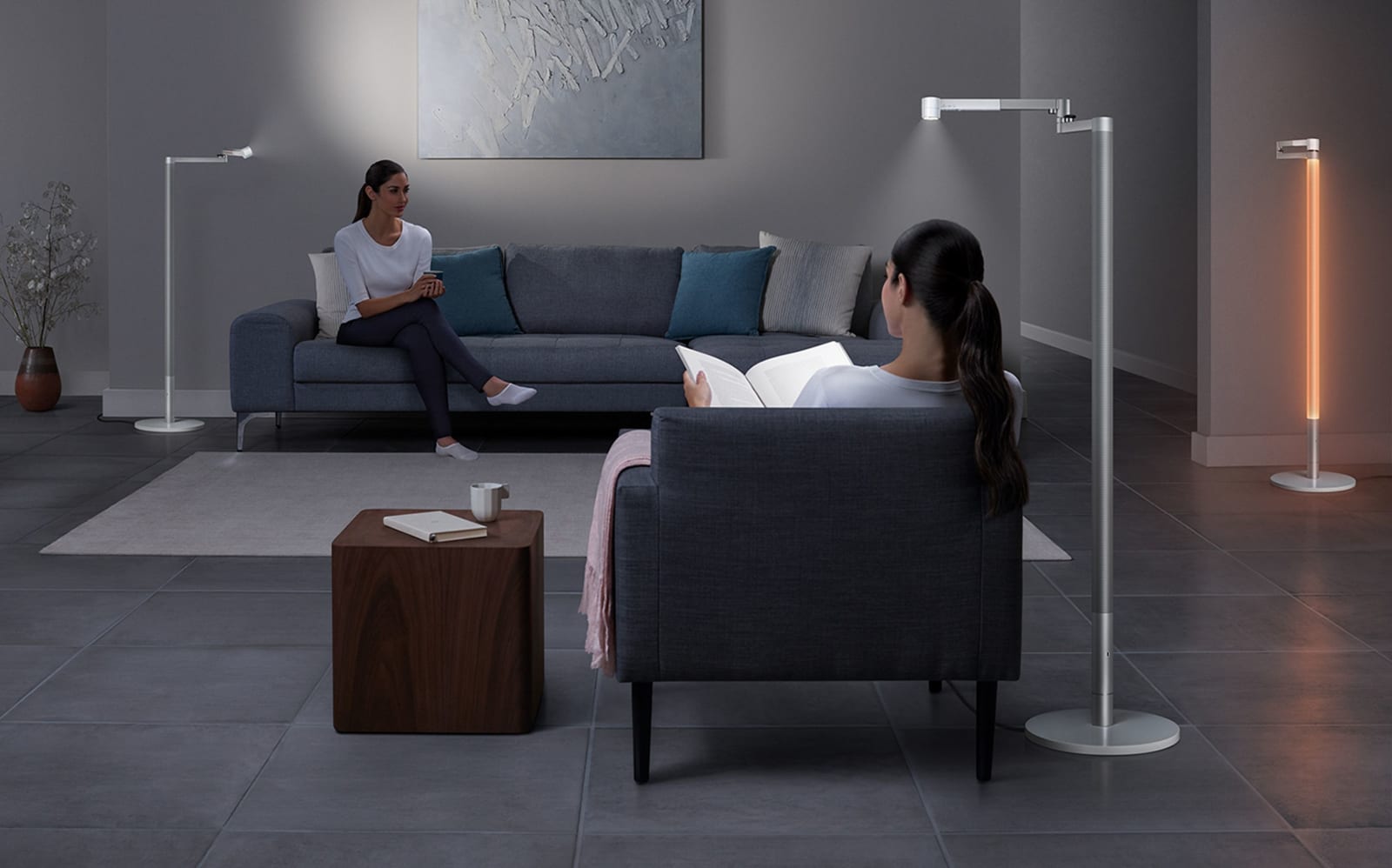 Dyson's newest light, the Lightcycle Morph, is its most flexible lamp yet. At first glance, it looks similar to the Dyson Lightcycle, introduced last year, and it has many of the same key features -- like the ability to automatically adjust based on...
Dyson's newest light, the Lightcycle Morph, is its most flexible lamp yet. At first glance, it looks similar to the Dyson Lightcycle, introduced last year, and it has many of the same key features -- like the ability to automatically adjust based on...
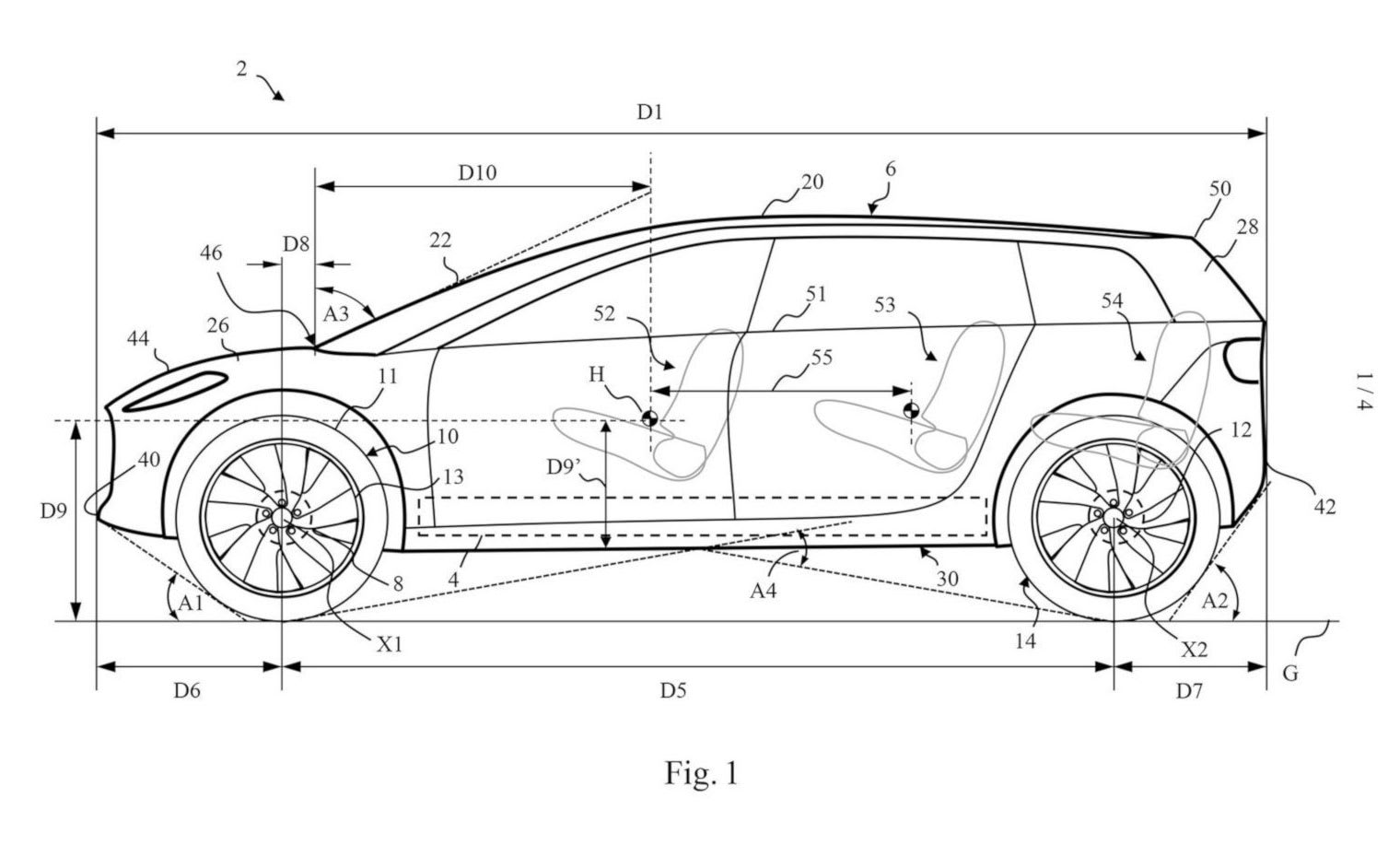 Dyson is shutting down its electric car project. The company said while its automotive team had created a "fantastic" EV, the car was not "commercially viable." It will continue to work on the solid-state battery tech it developed for the EV, however...
Dyson is shutting down its electric car project. The company said while its automotive team had created a "fantastic" EV, the car was not "commercially viable." It will continue to work on the solid-state battery tech it developed for the EV, however...







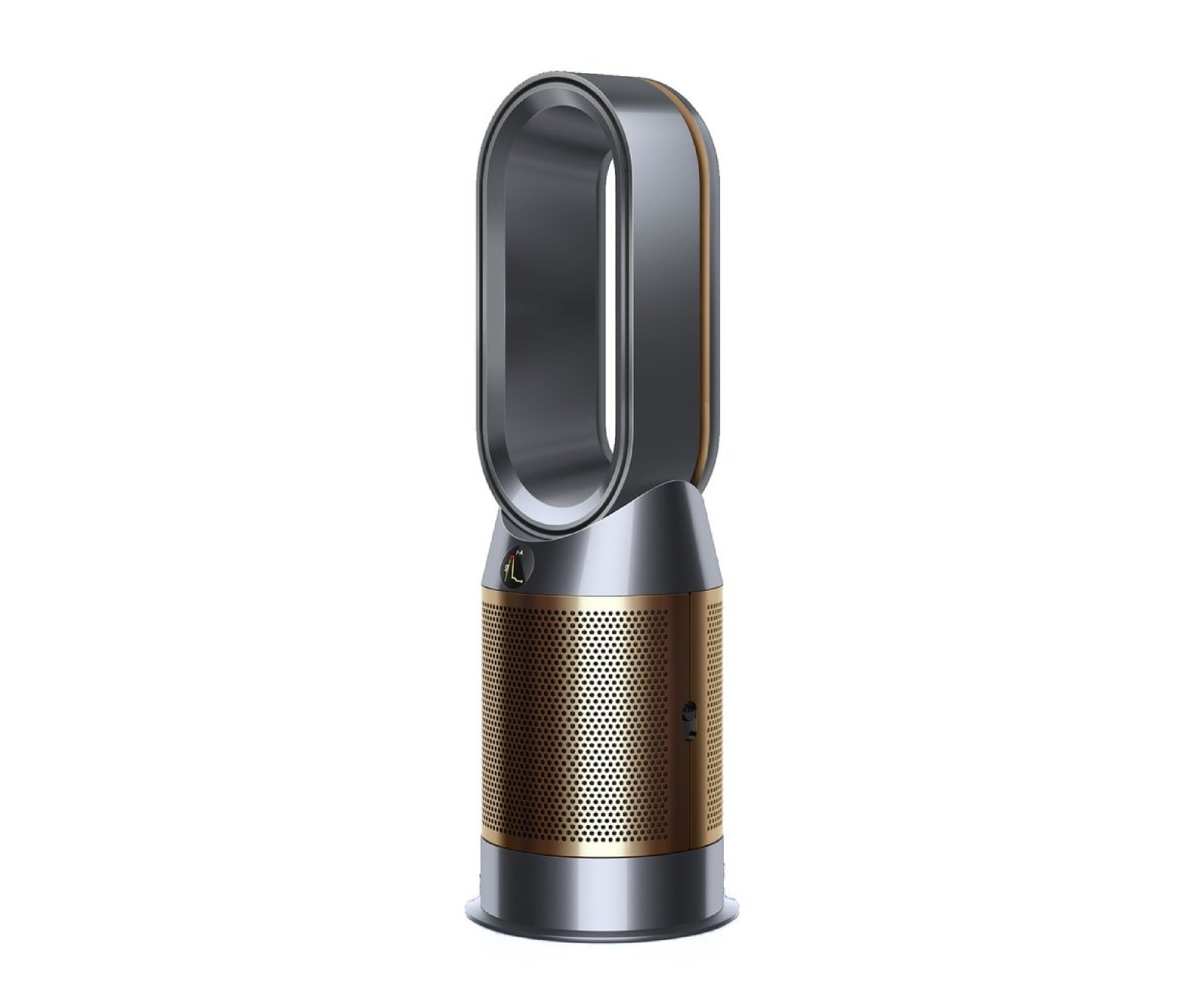 You may not know this, but formaldehyde could be one of the many pollutants in your home causing irritation to your eyes, nose and throat. Existing air purifiers remove the compound from the environment by using activated charcoal, but that process s...
You may not know this, but formaldehyde could be one of the many pollutants in your home causing irritation to your eyes, nose and throat. Existing air purifiers remove the compound from the environment by using activated charcoal, but that process s...





 Sir James Dyson has revealed some early details about the company's electric car in a memo sent to employees and seen by Bloomberg and The Telegraph. A set of patents that recently became public also includes diagrams that make it seem like the vehic...
Sir James Dyson has revealed some early details about the company's electric car in a memo sent to employees and seen by Bloomberg and The Telegraph. A set of patents that recently became public also includes diagrams that make it seem like the vehic...